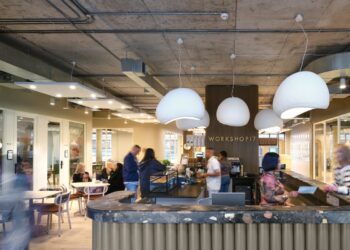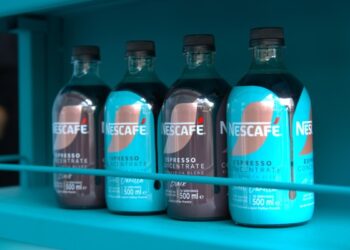In a quiet, rigorous evening of film and conversation, the Kingdom of the Netherlands in South Africa and the District Six Museum will stage a powerful screening that interrogates colonial legacies and the long shadows of slavery in the Cape. The free event — part of the Netherlands’ #cocreateIDENTITY cultural programme — brings three short films to the Avalon Auditorium, Homecoming Centre, on Friday 31 October (18:00–20:15). Seating is limited and booking is essential (RSVP: kaa-rsvp@minbuza.nl).
The programme is subtle in ambition but large in impact: each film uses art, archival recovery and embodied performance to reassemble erased lives and remap memory. A post-screening Q&A with filmmakers and collaborators will give audiences a rare opportunity to interrogate the creative choices and research that brought the work to life.
Three films, three forms of recovery
Whispers and Shouts (18 mins) — directed by Elise Fernandez — documents CAPE x NL: Whispers and Shouts, an exhibition at the Camissa Museum that reckons with the legacy of Dutch slavery in the Cape. The film follows collaborators as they curate archival material and artworks that surface public memory; it also traces how the project’s work has fed into a permanent installation at the Castle of Good Hope, where contested histories are being re-staged for public reckoning. The film makes archival traces feel immediate: documents and objects that once spoke only in fragments now become a chorus.
WAT WAS HIE? (30 mins) — directed and choreographed by Luke De Kock — is a site-specific, poetic re-inhabitation of landscape and absence. Using choreography and performative gesture, the film asks the literal question its title poses: “What was here?” De Kock’s work responds to the physical and cultural erasure of San and Khoi presences, using movement to open space for re-memory and to stage the body as archive.
Fugitives (18 mins) — directed by Philip du Plessis and produced by the Biography of an Uncharted People project at Stellenbosch University — brings forensic craft to historical recovery. Using facial-reconstruction techniques and archival research, the documentary gives faces and names to individuals who fled enslavement before abolition in 1838. The project translates quantitative historical work into visual and emotional empathy, transforming runaway-advertisements and ledger entries into identifiable human presence.
Why the screening matters now
These films are part of a broader cultural movement in South Africa to bring neglected histories into public view through cross-disciplinary practice — museums, artists, historians and technologists working together to translate archival silences into stories people can see, discuss and contest. The Netherlands’ #cocreateIDENTITY initiative explicitly supports these collaborative projects; the screening at the Homecoming Centre is an extension of that transnational commitment to reflection and cultural repair.
The work on show is neither sentimental nor merely documentary; it is an ethical act. Fugitives’ forensic reconstructions, Whispers and Shouts’ archival reframing’s, and WAT WAS HIE?’s embodied reclamations each demand audiences reckon with how memory is formed — and who decides which lives are visible. The film-and-discussion format offers a public space to weigh those decisions together.
Practical information
-
Date & Time: Friday, 31 October 2025, 18:00–20:15.
-
Venue: Avalon Auditorium, Homecoming Centre (Buitenkant & Caledon Street), Cape Town.
-
Entry: Free — booking essential. RSVP to kaa-rsvp@minbuza.nl.



































